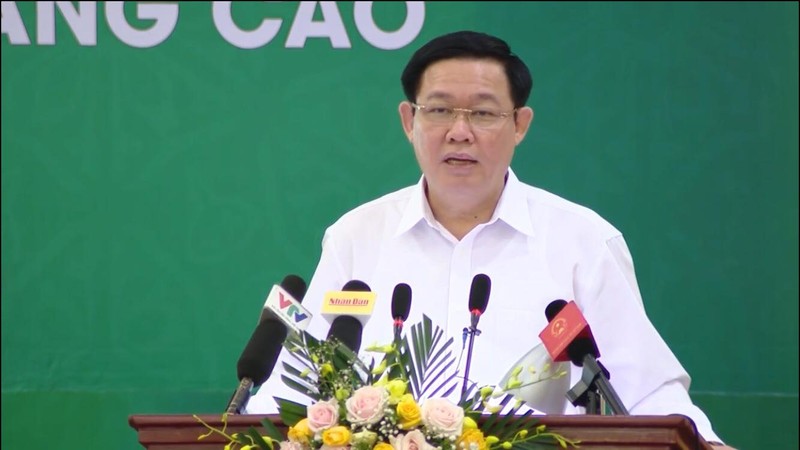The Deputy PM, who is also head of the Steering Committee for collective economy and cooperative development, made the remarks while chairing a conference in Hanoi on July 20 to review the 15-year implementation of the Party Central Committee’s Resolution on improving the effectiveness of collective economy in the agricultural sector.
After 15 years of implementing the resolution, the Ministry of Agriculture and Rural Development(MARD) has supported and facilitated agricultural cooperatives. Collective economic models and agricultural cooperatives have developed in a diverse and creative manner, bringing about high economic efficiency and helping to accelerate the restructuring of the agricultural sector and the building of new-style rural areas.
The country has approximately 14,500 agricultural cooperatives by June2019 with 55% of them running effectively. The average revenue of a cooperative is over VND1.6 billion (US$68,800) per year, 3.5 times higher than 2003 and average profit per cooperative is VND203.5 million (US$8,750), four time higher than in 2003.
Besides achievements, the development of the collective economy and agricultural cooperatives has yet to meet its potential, particularly in the agricultural sector.
Almost all cooperatives are small scale and face difficulties in getting access to the market and medium and long-term banking loans.
Deputy PM Hue asked the MARD to identify clearly the weaknesses in the implementation of the resolution to deal with them in the future.
Deputy Minister of MARD Tran Thanh Nam said that the MARK will continue to promote the development of the collective economy aligned with agricultural restructuring and the building of new-style rural areas to fulfil the target of having 15,000 effective agricultural cooperatives by 2020 and 20,000 effective cooperatives by 2025.
















